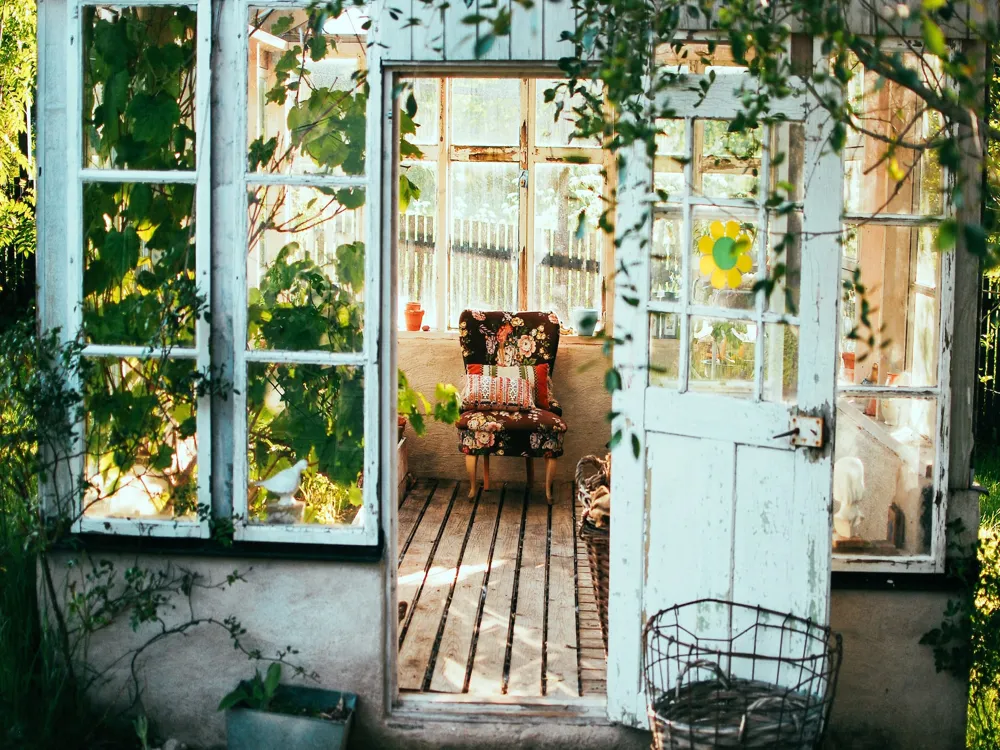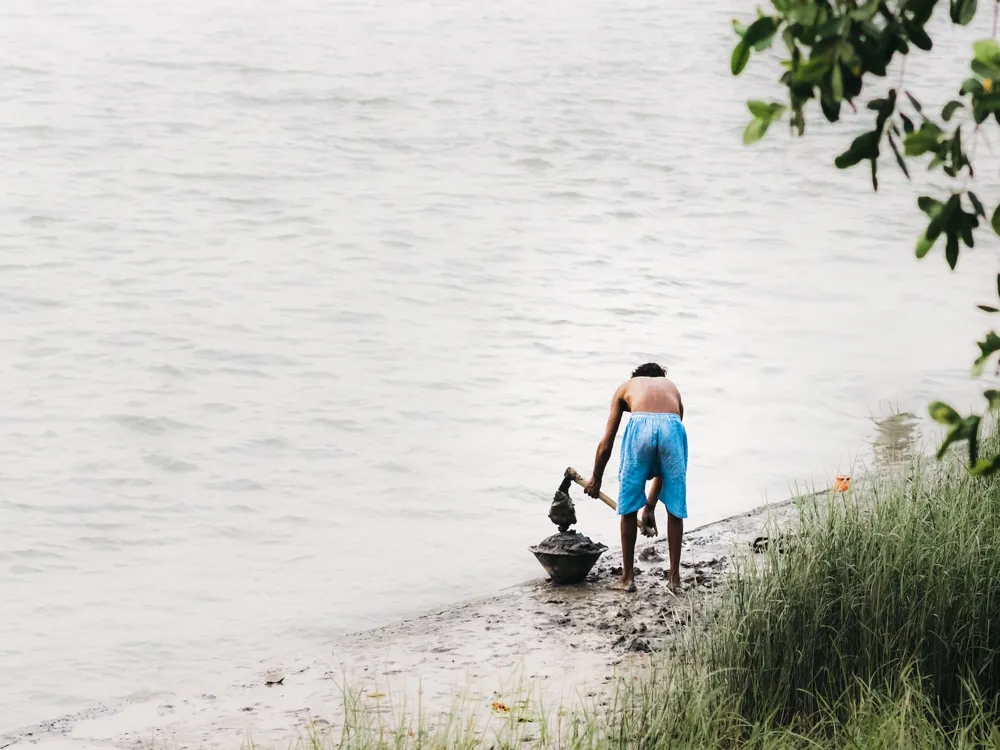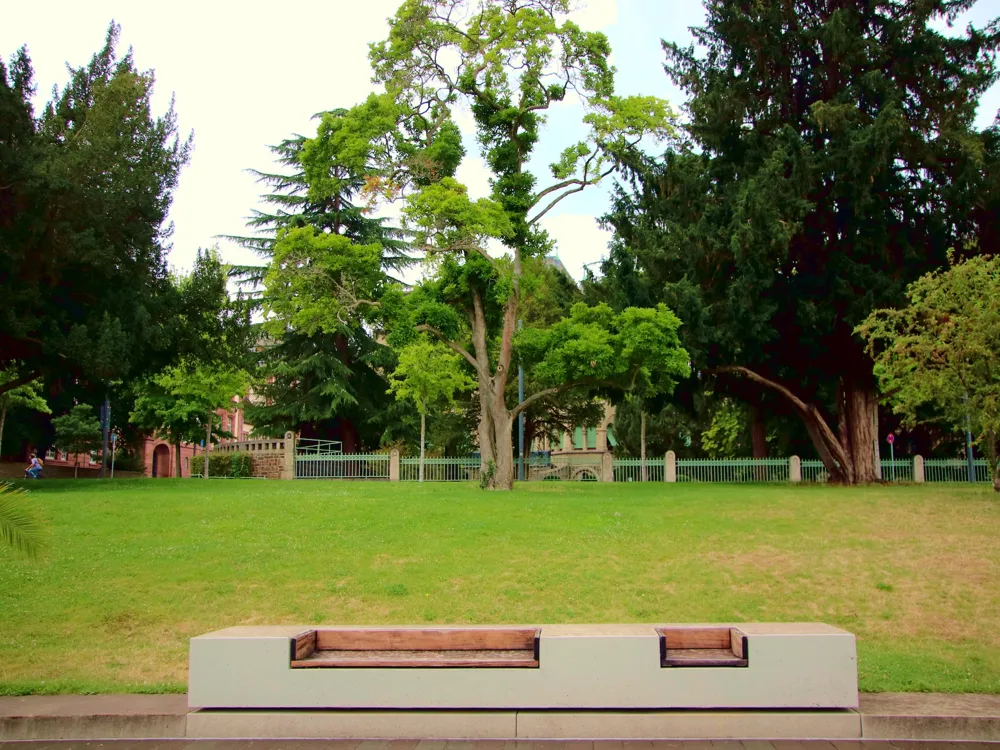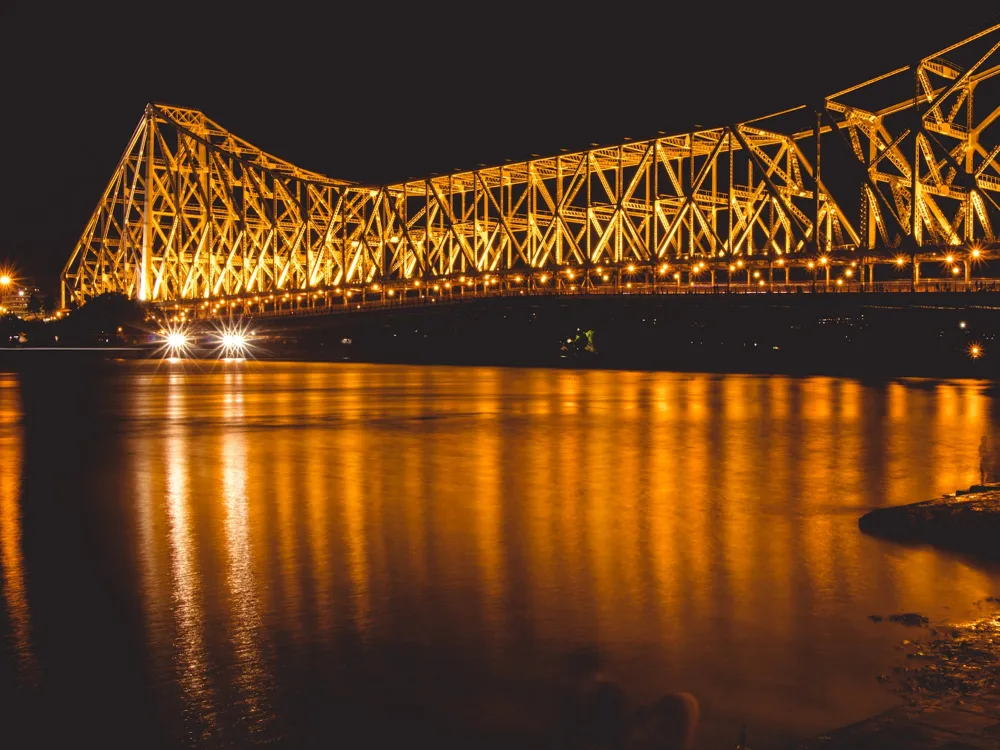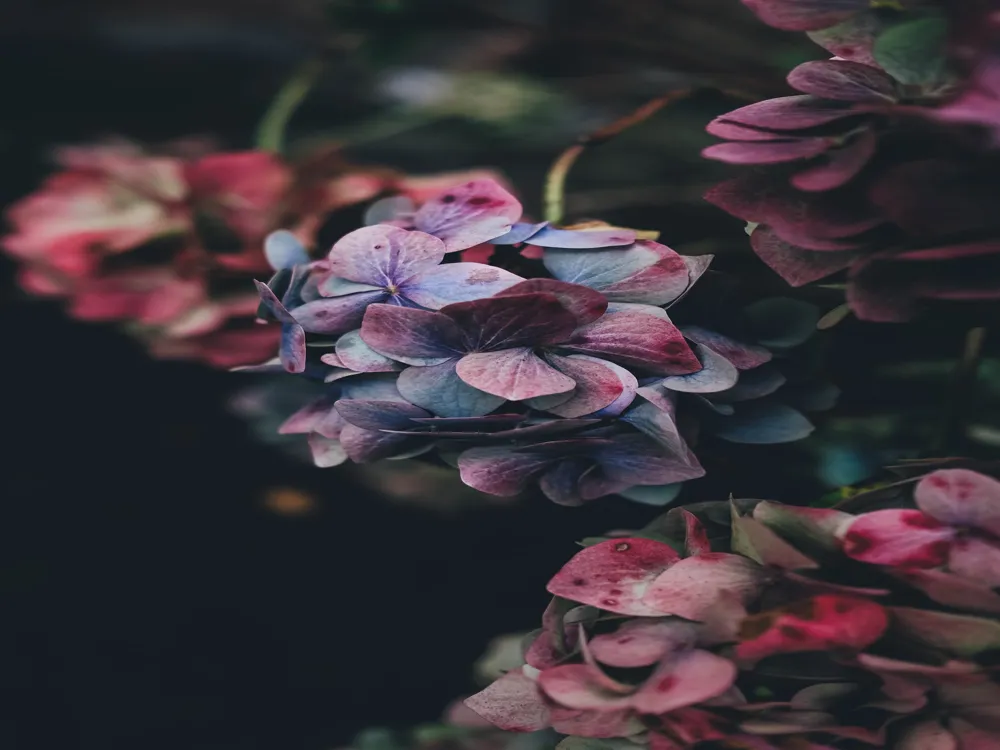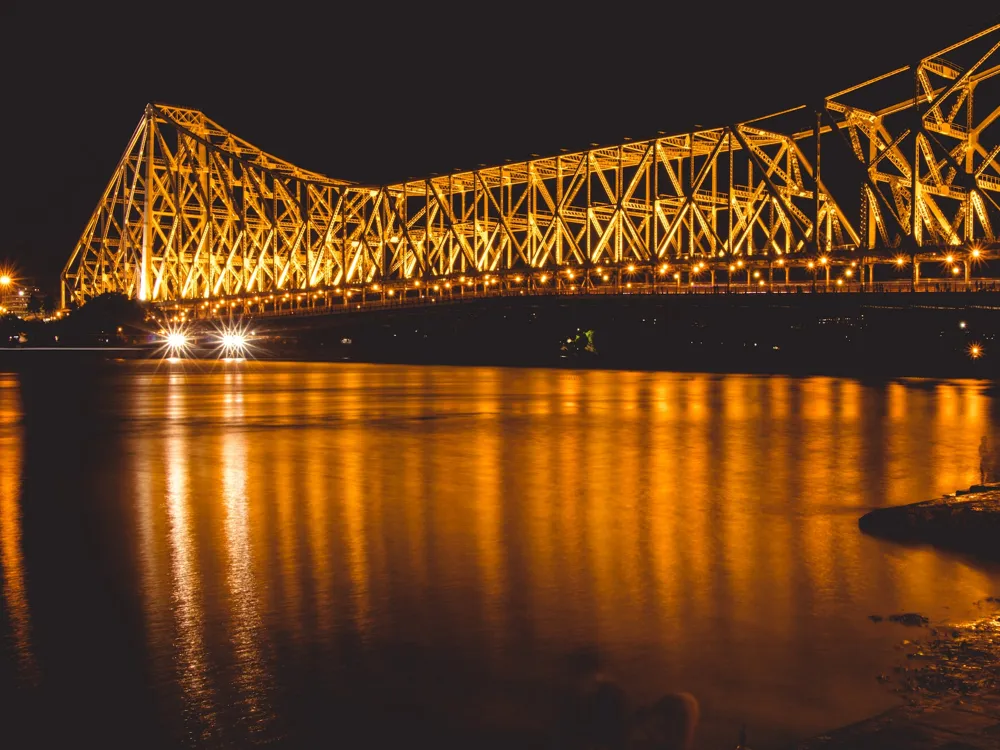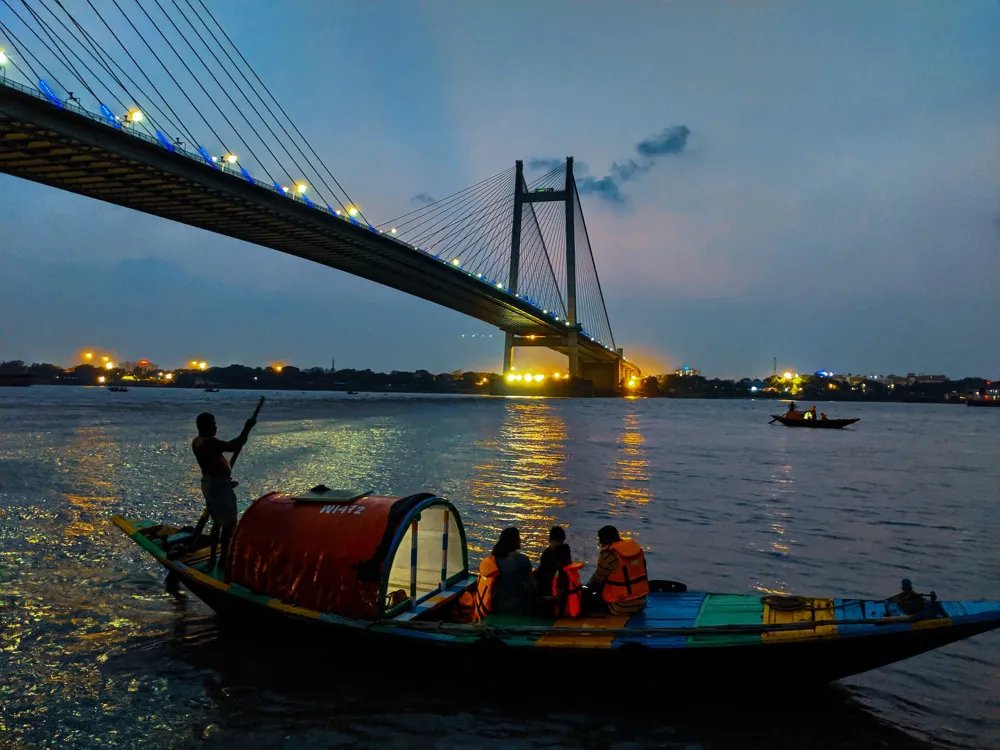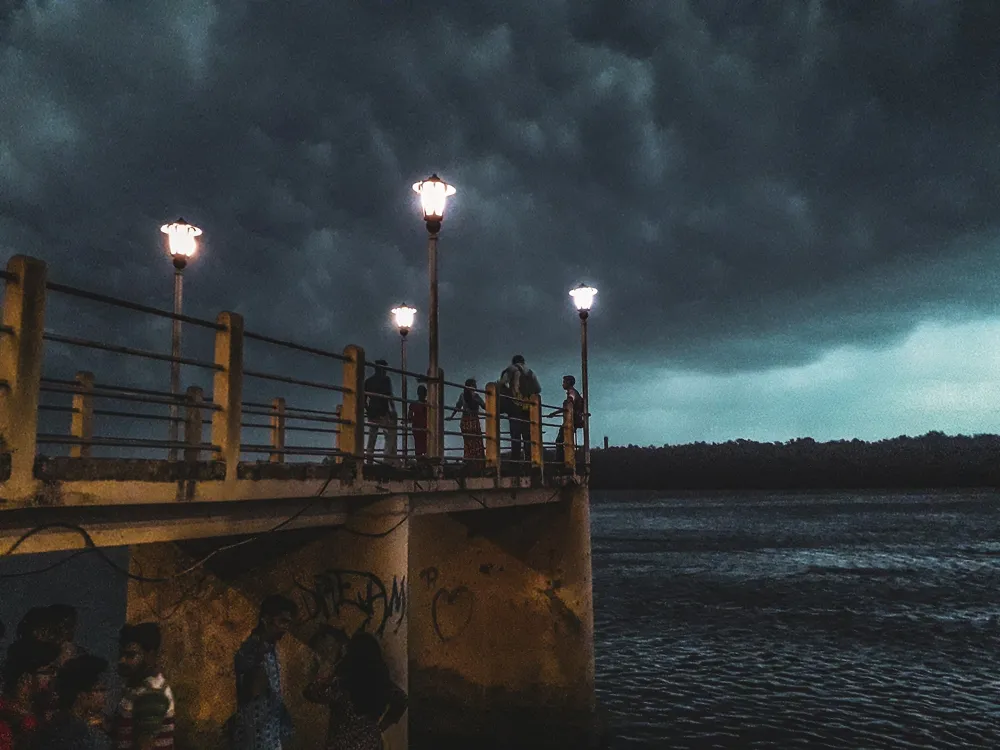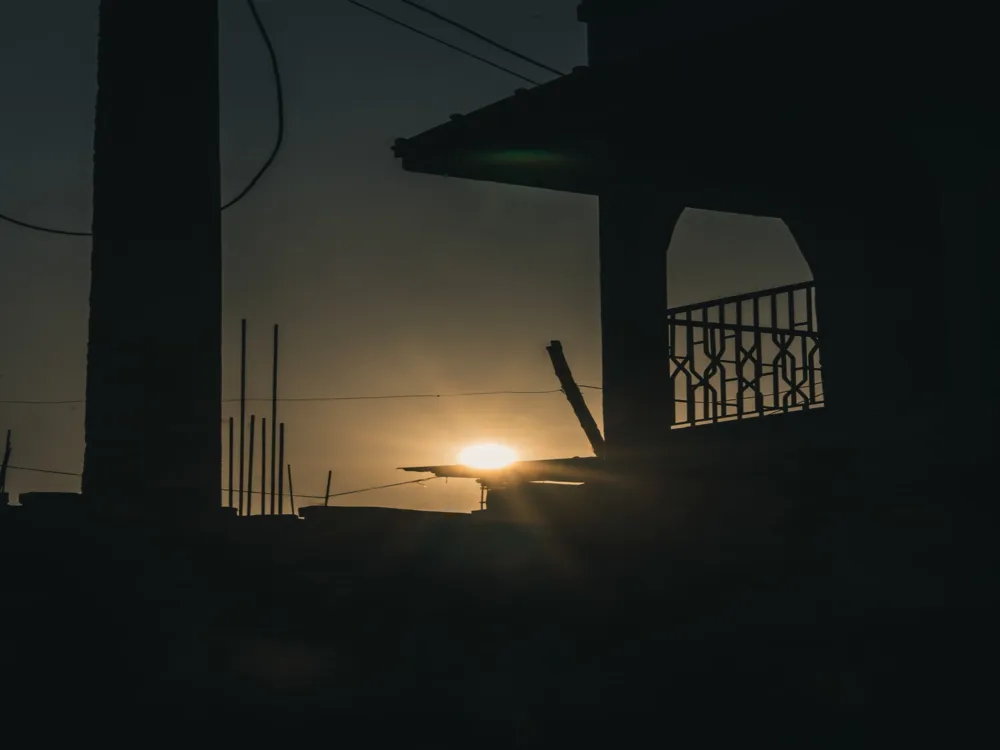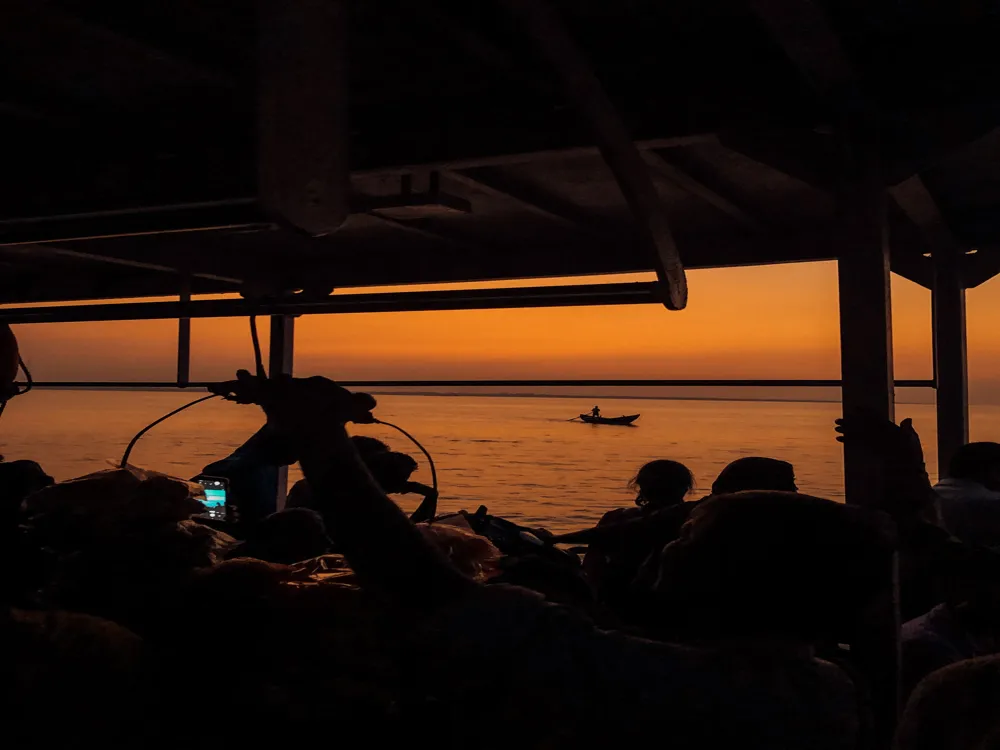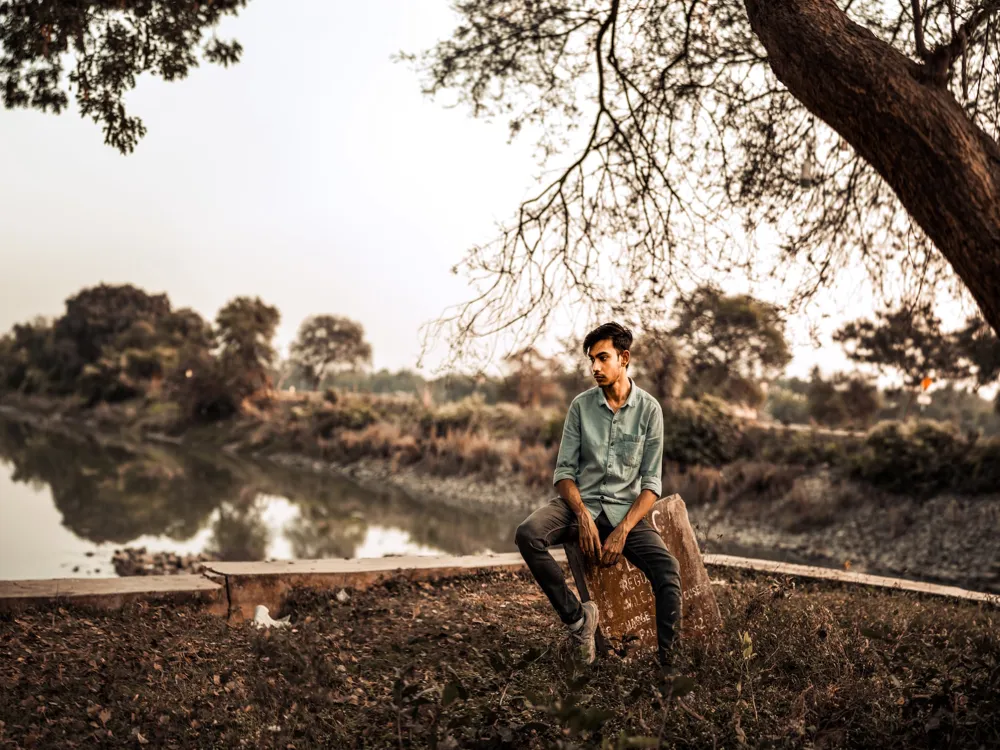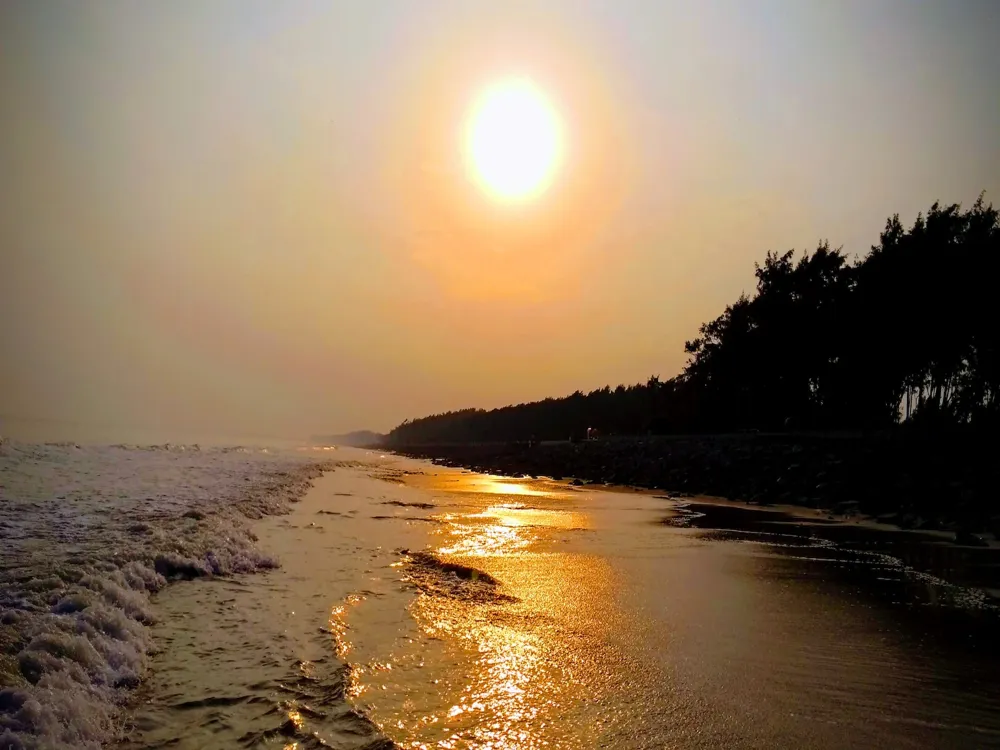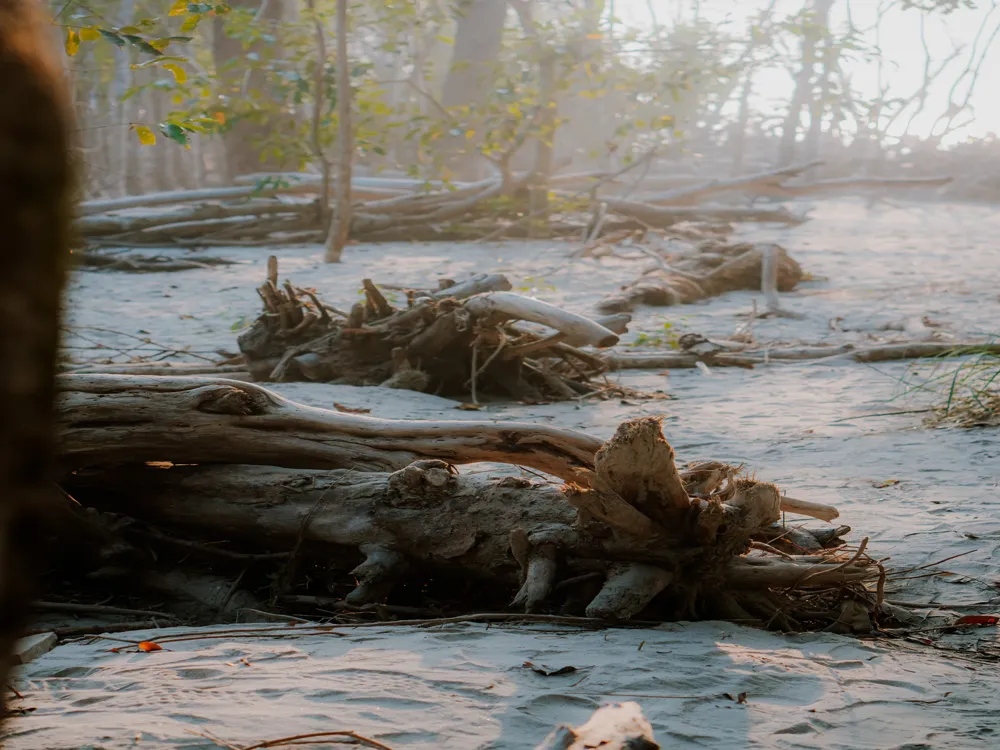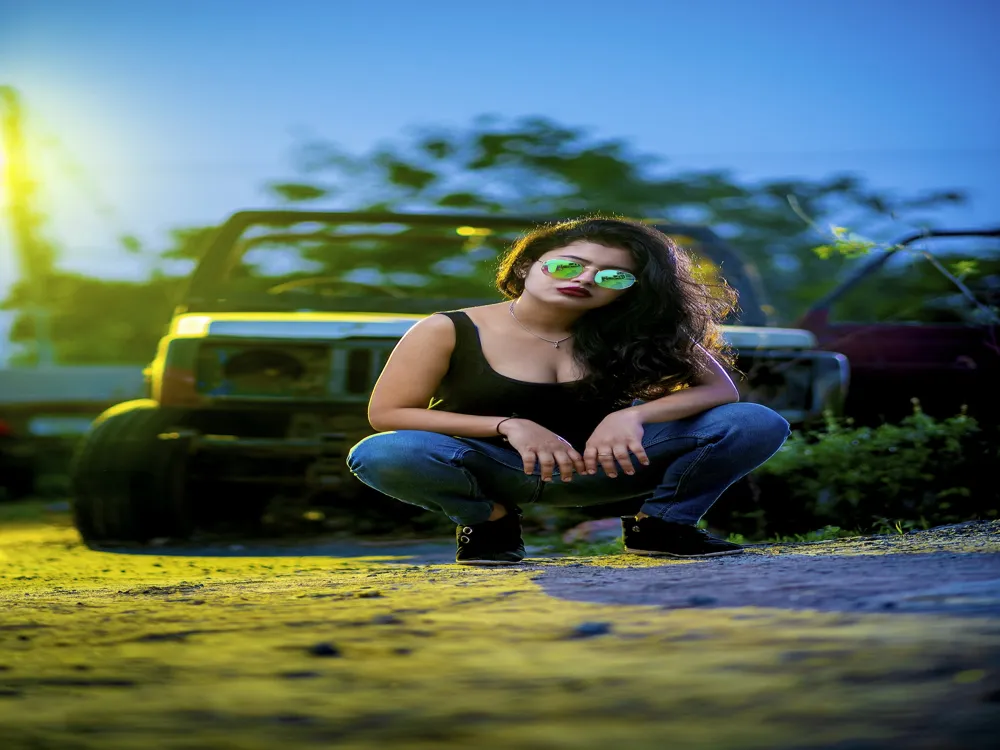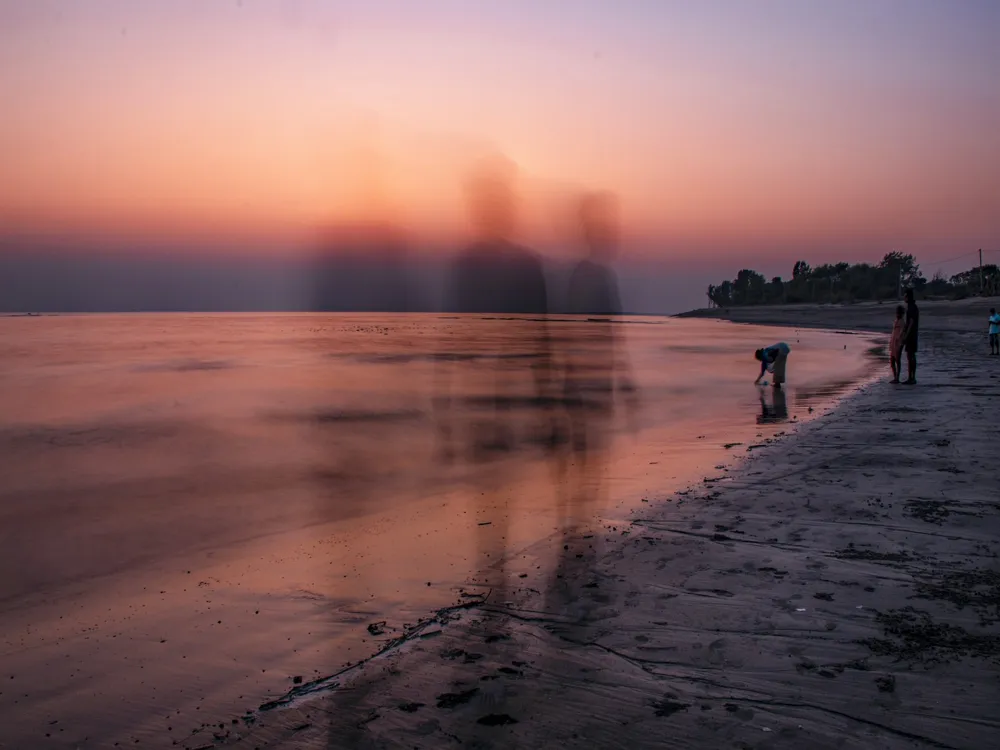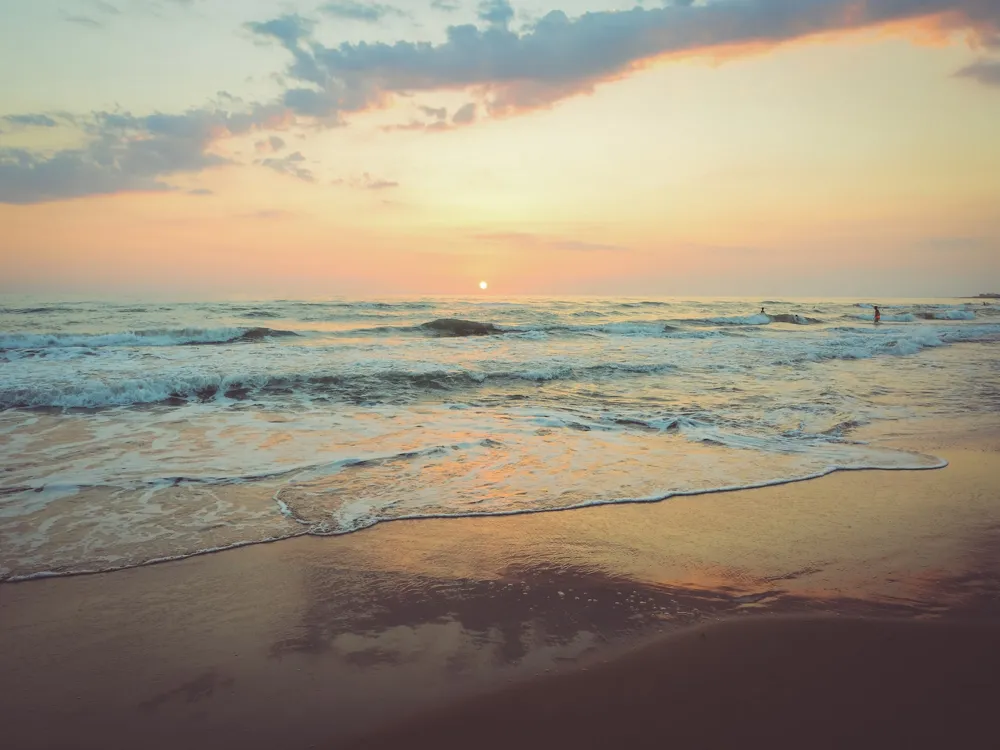Vidyasagar Setu, also known as the Second Hooghly Bridge, is a toll bridge over the Hooghly River in West Bengal, India. Linking the cities of Kolkata and Howrah, it is one of the longest cable-stayed bridges in India. The bridge is named after the famous 19th-century Bengali educationist and reformer, Ishwar Chandra Vidyasagar. The Vidyasagar Setu exhibits a state-of-the-art cable-stayed design. It stretches over 457 meters, making it one of the longest spans of its type in the world. The bridge uses steel cables arranged in a fan-like pattern, anchored to two 128-meter-high pylons, giving it a unique and striking appearance. This architectural marvel not only supports a massive amount of traffic but also stands as a symbol of engineering excellence. The best time to visit the bridge is during the early morning or late evening to avoid heavy traffic and to enjoy the panoramic views of the river and city skyline. Photography enthusiasts should consider visiting during the golden hour for stunning photo opportunities of the bridge against the backdrop of the setting or rising sun. Visitors should adhere to traffic rules and safety guidelines while on the bridge, especially when stopping to take photographs. Vidyasagar Setu is easily accessible from both Kolkata and Howrah. Visitors can reach the bridge by local buses, taxis, or personal vehicles. The nearest railway stations are Howrah and Santragachi, and the bridge is well-connected through major roads. For tourists staying in Kolkata, the bridge is a short drive from the city center, offering a convenient and scenic route to Howrah. READ MORE:Overview of Vidyasagar Setu
Architecture of Vidyasagar Setu
Tips When Visiting Vidyasagar Setu
Best Time to Visit
Photography
Safety Precautions
How To Reach Vidyasagar Setu
Vidyasagar Setu
Howrah
West Bengal
NaN onwards
View howrah Packages
Howrah Travel Packages
View All Packages For Howrah
Top Hotel Collections for Howrah

Private Pool

Luxury Hotels

5-Star Hotels

Pet Friendly
Top Hotels Near Howrah
Other Top Ranking Places In Howrah
View All Places To Visit In howrah
View howrah Packages
Howrah Travel Packages
View All Packages For Howrah
Top Hotel Collections for Howrah

Private Pool

Luxury Hotels

5-Star Hotels

Pet Friendly







